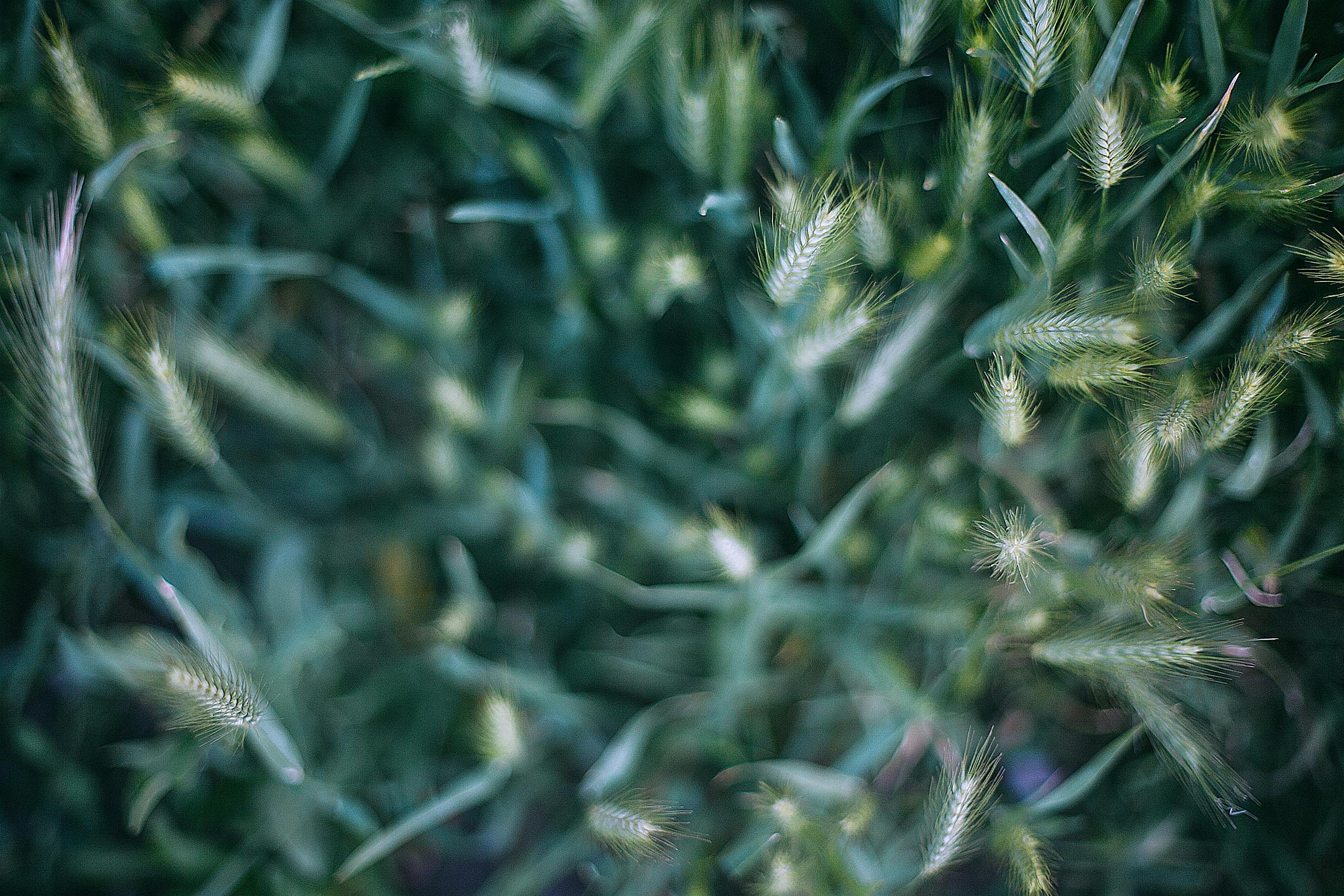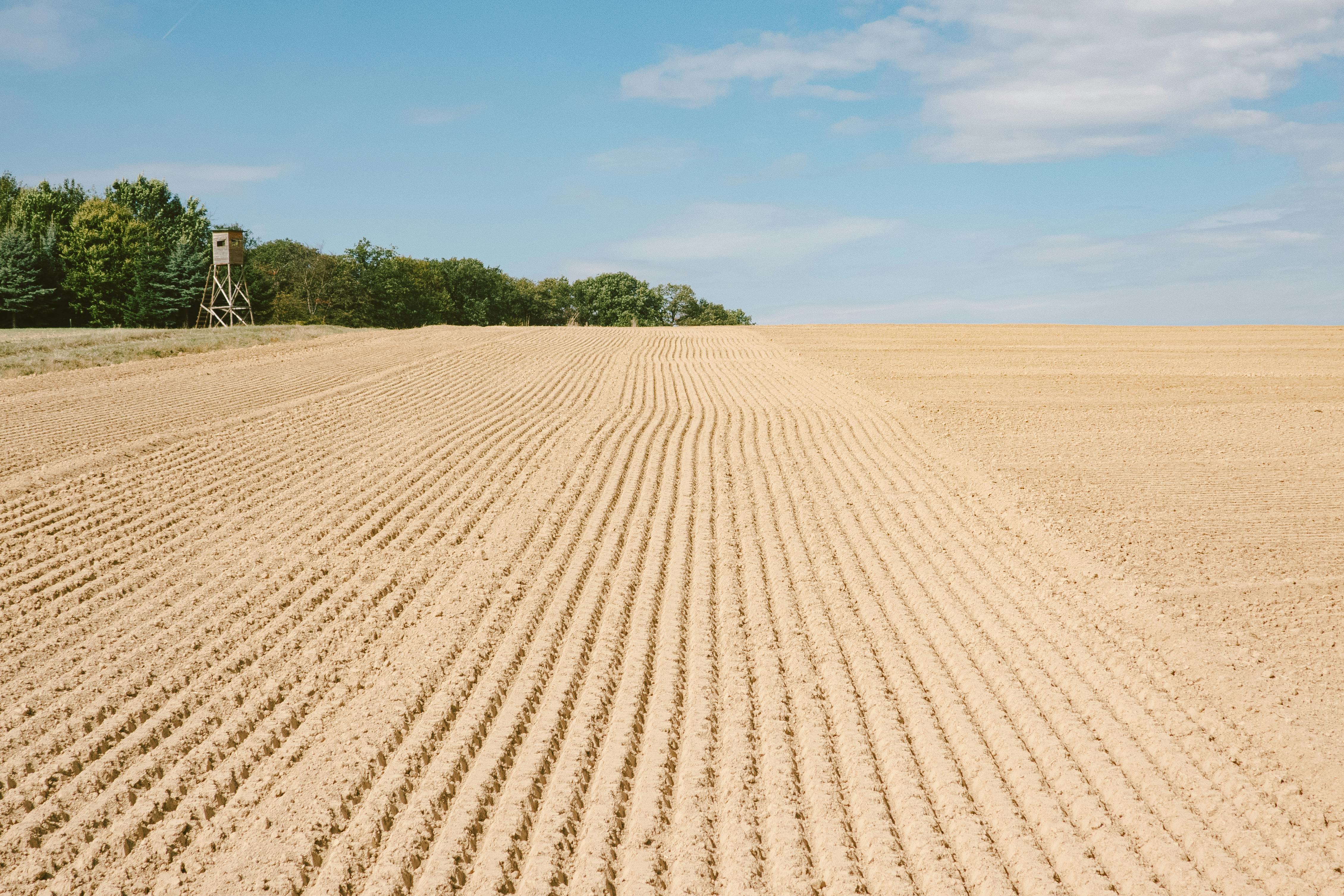Growing strawberries from seed is an incredibly rewarding experience. Not only are you able to enjoy the fruits of your labour, but you can also save money on expensive strawberry plants from nurseries. With a few simple steps, you can successfully grow your own strawberry plants and enjoy delicious, homegrown strawberries. In this guide, we’ll explain exactly how to grow strawberries from seed and provide you with all the tips and tricks for successful germination and growth.In order to grow strawberries from seed, you will need the following supplies:
1. Strawberry seeds
2. Potting soil or seed starting mix
3. Pots or trays
4. Water
5. Fertilizer (optional)
Planting Strawberry Seeds Outdoors
Planting strawberry seeds outdoors is an easy way to start a garden of strawberries. It’s important to choose the right type of soil and location for your new plants. The soil should be well-draining and rich in organic matter, such as compost or aged manure. The location should receive full sun for at least six hours per day. Once you’ve chosen the right spot, it’s time to get planting!
To begin, mix the strawberry seeds with moist sand or vermiculite and spread them over a prepared bed. Cover them lightly with soil and water thoroughly. It’s best to keep the soil consistently moist until the seeds germinate in 10 – 14 days. Once the plants are established, they will need 1 – 2 inches of water per week during dry spells.
Once your strawberry plants are 2 – 3 inches tall, thin out those that are too close together so they have plenty of room to grow. This will also help prevent your strawberry plants from becoming overcrowded and competing for nutrients and water. When your plants are ready to harvest (usually in late spring or early summer) it’s important to do so regularly so they continue producing delicious fruit all season long.
With just a little preparation and care, you can have a lush garden of sweet, juicy strawberries growing in no time!
Planting Strawberry Seeds Indoors
Growing strawberries indoors is a great way to get a jump start on your strawberry crop. Strawberries are a great addition to any garden and they can be grown year-round in containers. Planting strawberry seeds indoors is an easy process and with just a few simple steps you can get your plants sprouting in no time.
The first step is to choose the right container for your plants. Select a pot that is at least 12 inches deep and 8-10 inches wide. Make sure it has drainage holes at the bottom so that excess water can easily escape. Once you have chosen your pot, fill it with a well-draining potting medium such as compost or peat moss.
Once your pot is filled, it’s time to plant the seeds. Spread the seeds evenly across the surface of the soil, leaving about two inches between each seed. Gently press them down into the soil, but don’t cover them completely – they need some light to germinate. Water the area lightly and keep the soil moist, but not soggy.
Place your container in a sunny spot where it will receive at least six hours of direct sunlight each day. Keep an eye on your plants and water lightly every few days to keep the soil moist but not soggy. In about two weeks you should start to see tiny sprouts emerging from the soil surface.
Once your plants have reached about four inches tall, it’s time to transplant them to larger containers or into an outdoor garden bed if you wish. Make sure you choose a spot with plenty of sunlight and well-draining soil for best results. Water regularly throughout the growing season and enjoy fresh strawberries all summer long!
Germinating the Strawberry Seeds
Strawberry seeds are easy to germinate and can be a fun project for gardeners of all ages. The process of germinating the strawberry seeds is easy and doesn’t require many materials. Before you begin, it’s important to understand the basics of what strawberry seeds need to grow.
To start, you will need some pots or trays, a good potting soil mix, and of course your strawberry seeds. While you can find pre-packaged potting soil mixes in stores, it is best to mix your own soil using equal parts compost, peat moss, and vermiculite. This helps ensure that your strawberry plants will have the right nutrients they need to thrive.
Once you have the necessary supplies, it’s time to get started. Place your potting soil mix in the pots or trays and lightly press down until it is evenly distributed throughout. Then take your strawberry seeds and sprinkle them over the top of the soil mix. Be sure not to overcrowd them as this can lead to unhealthy plants later on.
Finally, lightly mist the topsoil with water until it is moist but not soggy. Place your pots or trays in an area with plenty of light such as a windowsill or under grow lights and keep them consistently moist while they begin to germinate. This process can take anywhere from 4-10 days depending on temperature and other environmental factors. Once your strawberry plants have sprouted their first true leaves, you can transplant them into individual containers or outdoor plots for further growth.
With just a few simple steps, you can easily germinate your own strawberry seeds at home! With patience and care, soon enough you’ll be able to enjoy delicious strawberries right from your own garden!
Transplanting Strawberry Seedlings Outdoors
Transplanting strawberry seedlings outdoors is an important step in the process of growing strawberries. It is important to prepare the soil and the seedlings before transplanting them to ensure they are able to thrive in their new environment. Before transplanting, it is important to choose a location that will provide adequate sunlight and protection from strong winds or cold temperatures. Once you have determined the ideal location, the next step is to prepare the soil. Soil should be well-draining and amended with compost or other organic matter prior to planting.
Once the soil has been prepared, it is time to transplant your seedlings. Gently remove seedlings from their pots and plant them in holes that are slightly larger than their root systems. Firmly pack soil around each seedling and water deeply after planting. Water regularly for several weeks until plants become established in their new environment. If you experience a period of drought during this time, be sure to increase watering frequency until plants are well established.
As your strawberry seedlings grow, be sure to provide support and protection from animals or birds that may be tempted by your delicious berries. Support systems such as cages or nets can help protect your crop from predators while still allowing air circulation and access for harvesting once berries ripen. With proper preparation, care, and protection you can enjoy a plentiful harvest of sweet strawberries all season long!

Choosing the Right Spot for Growing Strawberries
Growing strawberries is a rewarding and enjoyable experience, and it’s important to choose the right spot for your strawberry patch. Strawberries thrive in sunny, well-drained areas that receive at least 6 hours of direct sunlight each day. The soil should be rich in organic matter and well-aerated with a slightly acidic pH. Avoid planting in areas that are prone to flooding or standing water. If possible, choose an area that isn’t near other plants that have been affected by disease or pests.
When selecting a location for your strawberry patch, it’s important to take into account the size of the area you plan to use. Strawberries need plenty of space to spread out their roots and grow properly. For best results, allow at least 18 inches between each plant and 2-3 feet between rows. If you’re short on space, consider growing strawberries in containers instead.
When positioning your strawberry plants, be sure to orient them so that they’re facing south or east so they get the most sunlight possible throughout the day. You may also want to consider building raised beds or mounds for your strawberries as this can help improve drainage and provide better air circulation around the plants.
Finally, it’s important to remember that strawberries will need regular watering during warm weather to ensure they stay healthy and productive. Water deeply but infrequently – about once per week – making sure not to overwater the plants as this can lead to root rot and other diseases. With proper care and attention, you can enjoy a delicious harvest of homegrown strawberries all season long!
Water Requirements for Strawberries
Strawberry plants need an adequate amount of water throughout the growing season for optimal yields. In general, strawberries require about 1 inch of water each week. This can vary depending on the weather and soil type, but 1 inch per week is a good general guideline. To ensure your strawberry plants have enough water, you should maintain a consistent watering schedule throughout the growing season. If there is not enough rainfall to meet the weekly requirements, you should supplement with irrigation methods such as drip irrigation or overhead sprinklers.
It’s important to note that too much water can be just as detrimental as not enough. Overwatering can cause root rot, which can lead to plant death and reduced yields. To avoid this, make sure that the soil is well-drained and that any excess water is able to quickly drain away from the plant’s root zone. If you are irrigating with overhead sprinklers, you will want to avoid wetting the foliage as this could encourage fungal growth that could damage or even kill your plants.
When it comes to watering strawberries, moderation is key. Too little or too much water can both have negative consequences for your crop; by following these guidelines and establishing a consistent watering schedule, you should be able to keep your strawberry plants healthy and productive throughout the growing season.
Fertilizing Strawberries
Fertilizing strawberries is an important part of their care. Strawberries need to be fertilized regularly in order to produce the best possible fruit. The best time to fertilize strawberries is at the beginning of the growing season, just after planting. A balanced fertilizer with an NPK ratio of 10-10-10 or 8-8-8 is ideal. Fertilizer should be applied according to the directions on the package, taking into account the size of your strawberry patch and your soil type. Be careful not to over-fertilize, as this can cause burn damage and inhibit fruit production.
Mulching Strawberries
Mulching strawberries is a great way to keep weeds at bay and retain moisture in the soil. A good mulch should be applied in early spring, before flowering begins. Organic mulches such as straw, grass clippings, leaves, wood chips or bark are all suitable for strawberry beds. Avoid using plastic or other synthetic materials as these can trap too much heat and dry out the soil. Mulch should be applied in a thick layer around plants and kept away from stems and leaves to prevent rot or fungal diseases from developing.

Conclusion
Growing strawberries from seed can be a rewarding and enjoyable experience. With the right knowledge and preparation, you can easily grow your own sweet, juicy strawberries from seed. It may take some patience, but it’s worth the effort. And once you have your strawberry patch established, you can enjoy a bumper crop of delicious strawberries for years to come.
Before starting your strawberry seed project, make sure to research the best variety for your area. Select high-quality seeds or seedlings, and provide them with plenty of sunlight and water. Choose an appropriate location for your strawberry patch in a sunny spot that receives at least six hours of direct sunlight each day. Keep track of the weather conditions in your area and be prepared to protect your plants if needed. With some patience and dedication, you will soon be enjoying delicious homegrown strawberries straight from the garden!



